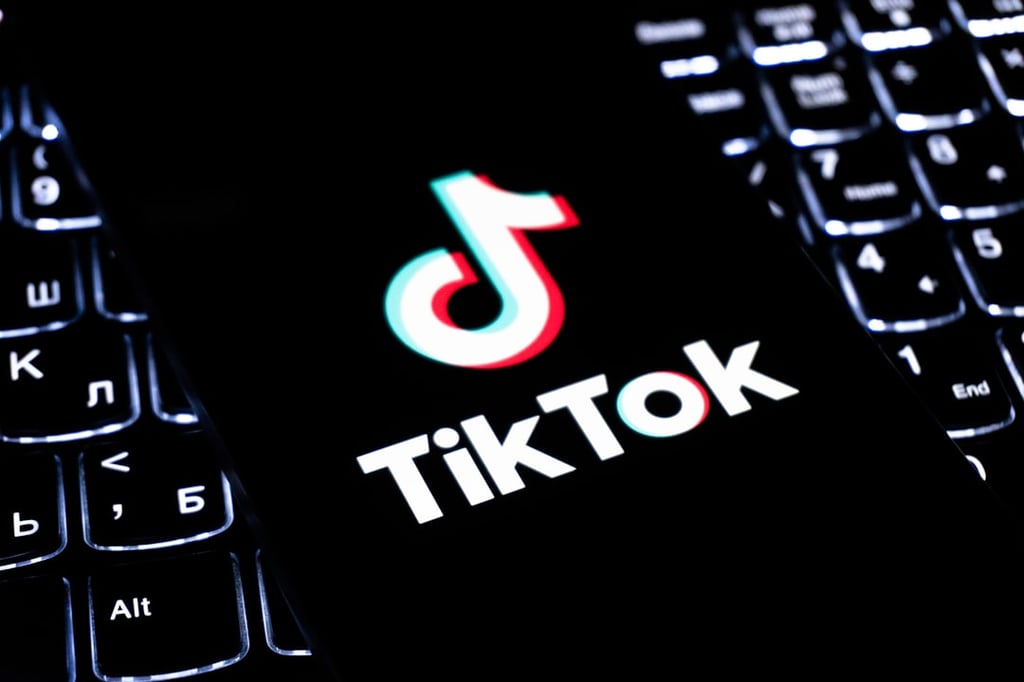Datamation content and product recommendations are
editorially independent. We may make money when you click on links
to our partners.
Learn More
Ahead of the hotly anticipated T-Mobile G1 smartphone’s arrival in stores next week, early reviews show not everyone is convinced that the Android-powered handset is ready to take on the Apple iPhone or muscle onto the turf of Windows Mobile or the BlackBerry.
Yet among reviewers and industry watchers, there’s still little doubt that the G1 offers big potential for driving smartphone innovation.
One of the earliest reviews of the HTC-manufactured device, which was first introduced by Google and T-Mobile last month, came from the Wall Street Journal‘s Walter Mossberg, who called it a “worthy competitor” to the iPhone in his column this week. But Mossberg also saw several areas in need of improvement in its software and its hardware.
The New York Times‘s David Pogue described the handset’s Android platform as “polished enough to give Windows Mobile an inferiority complex the size of Australia.” Yet Pogue’s scorecard similarly illustrated that the G1 isn’t perfect. He gave it an A-minus for software, a B-minus for phone capabilities and a B-minus for network capabilities.
Avi Greengart, mobile device research director at Current Analysis, came to a similar conclusion on the G1 — calling it an iPhone “challenger” that “falls short in every area.”
The early reviews come as the mobile phone industry is seeking to come to grips with an influx of powerful, new devices. That’s driven in part by competition: wireless carriers are finding themselves relying on increasingly advanced smartphones to woo more subscribers and increase revenue from lucrative non-voice services, like Web access. T-Mobile is the exclusive G1 carrier and AT&T is currently the exclusive iPhone network in the U.S.
Among those new consumer-oriented devices is the Apple (NASDAQ: AAPL) iPhone, which has rocketed in popularity since its debut a year ago and sparked a trend in consumer handsets toward touchscreens and easy access to third-party applications.
Not surprisingly, the iPhone also spawned a slew of competitors, among which the Google-backed Android platform is one of the most closely watched.
Hits and misses
And despite some initial criticism, the G1’s early reviewers still find a good deal about it to praise.
“This is a competitive product,” Greengart told InternetNews.com, noting G1’s “beautiful” touchscreen. The G1 features a 3.2-inch LCD flat touch-sensitive screen with 320 x 480 resolution. The iPhone has 3.5-inch widescreen, multi-touch display with 480 x 320 resolution.
Greengart also complimented the G1’s Web browsing capability — built off the same engine as the iPhone’s, he said — and its GPS application that provides real-time street views for navigation.
On the downside, Greengart wasn’t impressed with the G1’s girth, describing it as “heavier and bulkier” than the iPhone. The G1 weighs in at 5.6 ounces, and is 4.6 inches tall, 2.16 inches wide and.62 inches in thickness. Apple’s iPhone weighs 4.7 ounces and measures 4.5 inches in length, 2.4 inches wide and .48 inches thick.
Greengart also noted that the G1 offers no easy way to sync with non-Google mail applications, such as Microsoft Outlook, which enterprise users may find frustrating. The latest edition of the iPhone connects to Microsoft Exchange for access to e-mail, calendar and contacts.
“What Android does offer with the G1 is [smartphone development] potential, and some of these [downsides] will hopefully change with development going forward,” Greengart said.
This article was first published on InternetNews.com. To read the full article, click here.
-
Ethics and Artificial Intelligence: Driving Greater Equality
FEATURE | By James Maguire,
December 16, 2020
-
AI vs. Machine Learning vs. Deep Learning
FEATURE | By Cynthia Harvey,
December 11, 2020
-
Huawei’s AI Update: Things Are Moving Faster Than We Think
FEATURE | By Rob Enderle,
December 04, 2020
-
Keeping Machine Learning Algorithms Honest in the ‘Ethics-First’ Era
ARTIFICIAL INTELLIGENCE | By Guest Author,
November 18, 2020
-
Key Trends in Chatbots and RPA
FEATURE | By Guest Author,
November 10, 2020
-
Top 10 AIOps Companies
FEATURE | By Samuel Greengard,
November 05, 2020
-
What is Text Analysis?
ARTIFICIAL INTELLIGENCE | By Guest Author,
November 02, 2020
-
How Intel’s Work With Autonomous Cars Could Redefine General Purpose AI
ARTIFICIAL INTELLIGENCE | By Rob Enderle,
October 29, 2020
-
Dell Technologies World: Weaving Together Human And Machine Interaction For AI And Robotics
ARTIFICIAL INTELLIGENCE | By Rob Enderle,
October 23, 2020
-
The Super Moderator, or How IBM Project Debater Could Save Social Media
FEATURE | By Rob Enderle,
October 16, 2020
-
Top 10 Chatbot Platforms
FEATURE | By Cynthia Harvey,
October 07, 2020
-
Finding a Career Path in AI
ARTIFICIAL INTELLIGENCE | By Guest Author,
October 05, 2020
-
CIOs Discuss the Promise of AI and Data Science
FEATURE | By Guest Author,
September 25, 2020
-
Microsoft Is Building An AI Product That Could Predict The Future
FEATURE | By Rob Enderle,
September 25, 2020
-
Top 10 Machine Learning Companies 2021
FEATURE | By Cynthia Harvey,
September 22, 2020
-
NVIDIA and ARM: Massively Changing The AI Landscape
ARTIFICIAL INTELLIGENCE | By Rob Enderle,
September 18, 2020
-
Continuous Intelligence: Expert Discussion [Video and Podcast]
ARTIFICIAL INTELLIGENCE | By James Maguire,
September 14, 2020
-
Artificial Intelligence: Governance and Ethics [Video]
ARTIFICIAL INTELLIGENCE | By James Maguire,
September 13, 2020
-
IBM Watson At The US Open: Showcasing The Power Of A Mature Enterprise-Class AI
FEATURE | By Rob Enderle,
September 11, 2020
-
Artificial Intelligence: Perception vs. Reality
FEATURE | By James Maguire,
September 09, 2020
SEE ALL
ARTICLES










